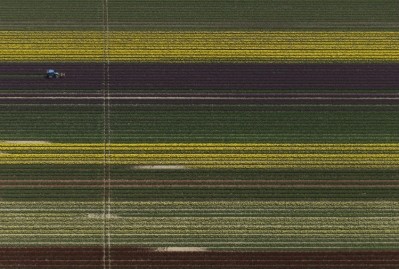Low maize output in US grays 2019 global cereal production

The FAO’s June cereal supply and demand brief reported that US maize production will fall to 330m tons – down 45m tons from the first forecast in May. That number also means 2019 production will land 10% below last year’s levels.
As of the end of May, farmers had planted less than 60% of the land typically reserved for maize – a record low since the FAO began tracking data. The five-year average for this time of year is 90%.
Global cereal production, however, will expand thanks to a 5.3% increase in wheat production and a 5.8% increase in barley.
2019 usage projections
Global cereal utilization should reach 2.7m tons, a 0.6% drop from the FAO’s May forecast but 1% higher than last year’s total use.
In the US, maize utilization will fall in conjunction with lower projected harvests due to record flooding across large swaths of the country.
According to the National Oceanic and Atmospheric Administration (NOAA), 25 states were at risk of ‘major or moderate flooding’ this spring. Nebraska, Minnesota and Iowa – three of the four largest corn-producing states, a list that also includes Illinois – have seen ‘record flooding’ caused by rapid snowmelt, heavy spring rain and late-season snowfall.
Iowa topped the list of US corn growers in 2018, producing 2.5bn bushels on more than 13.2m acres of land. Illinois harvested 2.3bn, Nebraska 1.8bn and Minnesota 1.3bn.
Despite the drop in usage of coarse grains, which the FAO estimates will reach 1.4m tons, 2019 should still exceed the 2018-2019 year by 0.7%.
Global wheat and rice use will also grow by more than 1% to 755m and 518m tons, respectively. But coarse grain inventories are slated to fall nearly 10% to about 370m tons – the lowest level since the 2014-2015 season.
On the upside, demand for wheat has risen in Africa and Asia, boosting world trade levels for cereals overall. Exports from the Black Sea region and the EU will help fulfill that growth.
US organic farms reeling from flooding
“Our organic farmers are getting their corn in later than conventional farmers,” Merle Kramer, marketing director for Midwest Organic Farmers Cooperative, told BakeryandSnacks. “Farmers are starting to get out in the field now, but the guys who did get some corn planted early could not get in the field to cultivate and flame the corn rows.”
The 101-member cooperative supports organic systems in agriculture, educational, public policy, as well as the marketing of organic products.
Kramer added that food-grade contracts could suffer from lower test weights and a higher probability of GMO contamination – a one-two punch that might make the corn crop ‘less likely to meet buyers’ specifications.’
“If it stops raining, I'll assume the wheat crop will yield well, but the jury is still out regarding the Vomitoxin affecting the quality,” he said, referring to the common toxic compound caused by fungi growth on grains ranging from corn and wheat to oats, barley and rice.










